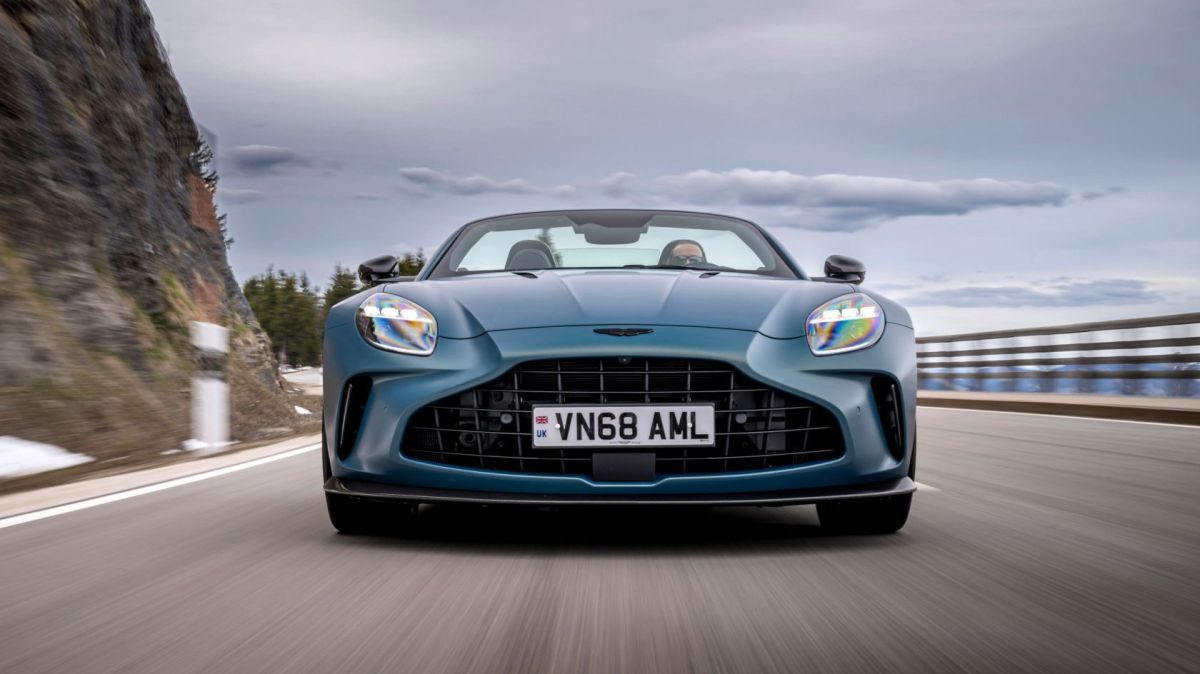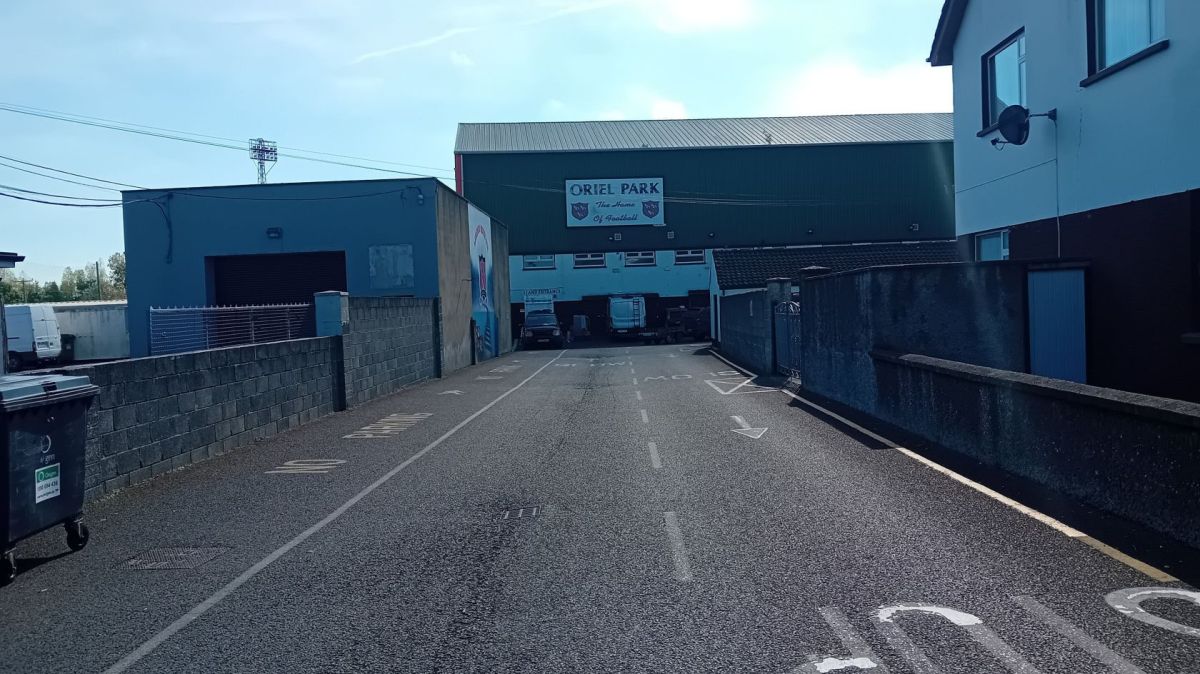According to FOI records, the most expensive purchase was a €168,106 Toyota Land Cruiser 300 GXR, intended for use in Abuja, Nigeria. The vehicle, bought for security reasons, was sourced from a Toronto dealership for over €163,000 and shipped to Africa at a cost of approximately €4,500.
A similar armoured Land Cruiser was purchased for the Irish Representative Office in Ramallah, Palestine. This black utility vehicle was bought from the United Arab Emirates for €85,569, with the previous car traded in for just over €32,000.
A third high-spec Land Cruiser was bought for the Irish Embassy in Bogotá, Colombia, costing just over €81,000 when purchased in November, as detailed by the Department of Foreign Affairs invoices.
Two additional Land Cruisers, priced at around €58,000 each, were acquired for diplomatic use in West Africa, specifically in Freetown, Sierra Leone, and Dakar, Senegal.
For less risky environments, the most significant expenditure was €54,967 on a Lexus RX Hybrid for the Wellington Embassy in New Zealand.
Other purchases included a €46,148 Volvo S60 Hybrid for the Bangkok Embassy in Thailand and a Volvo Hybrid for €41,055 for the Frankfurt Embassy in Germany.
Additionally, the department bought a €41,000 Toyota Camry Hybrid for the Prague Embassy and a €40,591 BYD Denza Electric for use in Beijing.
Several other cars were purchased, while seven older vehicles were traded in for a total of €75,958.
The Department of Foreign Affairs explained that these vehicles are used throughout the day and into the evening for journeys that can span hundreds of miles. Vehicle selection is based on factors like public transport availability, security concerns, climate, terrain, and safety.
An information note stated that the cars are used as long as they remain safe and efficient, without excessive maintenance costs or a significant drop in trade-in value. Replacements are only made when vehicles are too old, needed for business purposes, or when maintenance becomes uneconomical.
The department also emphasized its commitment to choosing more fuel-efficient models when feasible, though some missions operate in challenging environments where “security and health and safety” take precedence.















